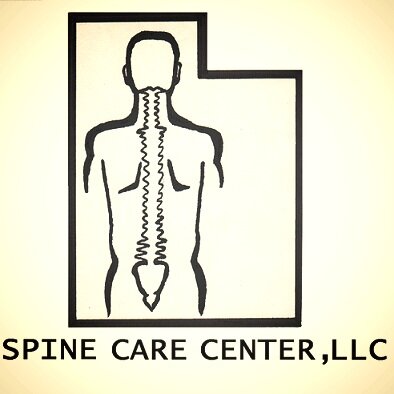
Epidural Steroid Block
An epidural steroid injection is an injection of an anti-inflammatory steroid (e.g., dexamethasone, methylprednisolone or triamcinolone) into the epidural space. The epidural space is not an injection into the spinal cord itself. The spinal cord and spinal nerves are in a “sack” containing clear fluid (cerebrospinal fluid). The area outside this “sack” is called the epidural space. An epidural steroid injection is not the same injection as a labor epidural, which is commonly given to women in labor.
Why is it done?
When the nerves in the epidural space are irritated or pinched by a bulging disk, narrowed “nerve canal” or bone spur, the resulting inflammation can cause pain, numbness, or tingling. The steroid injected can reduce inflammation of nerves in the epidural space and thus reduce pain and other symptoms.
How long does the procedure take?
The injection takes only a few minutes. Allow an hour for the procedure; this will include talking to your doctor before the procedure, signing the informed consent, positioning in the room, and observation by the recovery room nurse afterwards.
What medications are injected?
The injection consists of a mixture of local anesthetic (e.g., lidocaine) and the steroid medication.
Will it hurt?
All procedures begin by injecting a small amount of local anesthetic through a very small needle. It feels like a little pinch and then a slight burning as the local anesthetic starts numbing the skin. After the skin is numb, the procedure needle feels like a bit of pressure at the injection site. If you experience any pain during the procedure, your doctor will inject more local anesthetic as needed.
Will I be "put out" for this procedure?
No. This procedure is done under local anesthesia.
How is the procedure performed?
The procedure is performed with you lying on your stomach. Your blood pressure and oxygenation will be monitored. In addition to your doctor and the x-ray technician, there will be a nurse in the room always if you have any questions or discomfort during the procedure. The skin in the back is cleaned with antiseptic solution and then the procedure is done.
What should I expect after the injection?
Immediately after the injection, your legs may feel heavy or numb. Your your pain may be gone or considerably less, this is because of the local anesthetic and lasts only for a few hours. Your pain may return and you may have some soreness at the injection site for a day or so. You should start noticing pain relief starting about one to two days after the procedure.
What should I do after the procedure?
We advise the patients to take it easy for a day or so after the procedure. Perform activities as tolerated by you. Your recovery room nurse will advise you about applying ice to the site.
Can I go back to work the same day?
You should be able to return to work. Your doctor or recovery room nurse will discuss this with you.
How long does it last?
The long-term effect of the medication cannot be predicted. The immediate effect is from the local anesthetic injected, this wears off in a few hours. The steroid starts working in one to two days and its effect can last for several days to a few months.
How many injections will I need?
The typical series of injections is three injections, spaced a month apart. Expect a gradual overall improvement after each injection.
Can I have more than three injections?
After the first series of three injections, if you have not experienced any overall improvement in pain, it is unlikely you will get any further improvement and additional injections will not be helpful. If you get some overall improvement or if your pain relief lasts for at least two months, you may benefit from having three to four injections per year. More frequent injections are not recommended because of the possible of side effects from repeated steroid exposure.
How will I know if it will help?
It is difficult to predict how helpful injections will be. Patients who have "radicular” symptoms (radiating outward or downward, like sciatica) respond better to the injections than patients who have only back pain. Patients with recent onset of pain may respond much better than ones with longstanding pain. Patients with back pain mainly from bony abnormalities (e.g., a bone spur pressing on a nerve root) may not respond to treatment.
What are the risks and side effects of the procedure?
This procedure has very few risks. With any procedure, there are risks and side effects. Common side effects are increased pain from the injection (usually temporary), inadvertent puncture of the "sack" containing spinal fluid (may cause headaches), infection, bleeding, nerve damage, or no relief from your pain.
Side effects of the injected steroid may include weight gain, increased blood sugar (particularly in diabetics), water retention, suppression of the natural production of steroids, or temporary suppression of the immune system.
Who should not have this procedure?
The following patients should not have this injection: if you are allergic to any of the medications to be injected or if you have an active infection. If you are on an antibiotic or blood-thinning medication (e.g. coumadin, injectable heparin), please inform your doctor.
